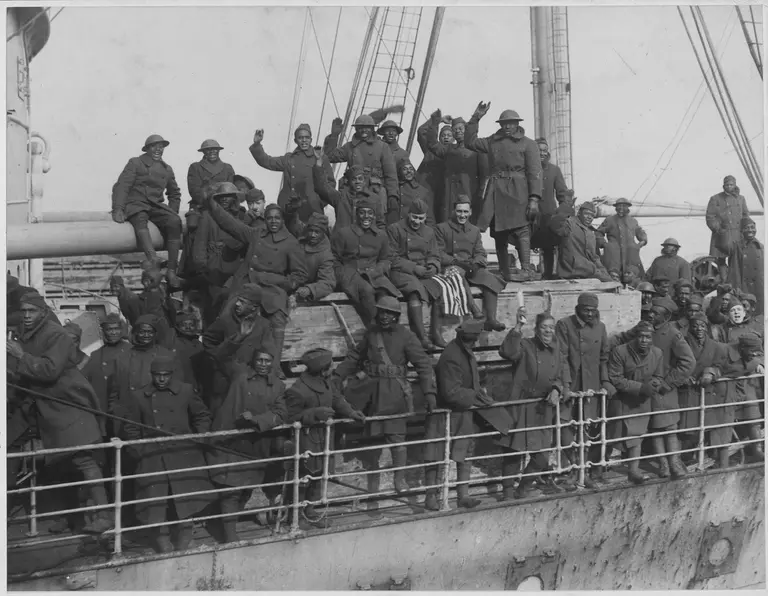
New York’s famous 369th (Old 15th) Infantry Regiment arrives home from France. From the National Archives via Wikimedia Commons
The Harlem Hellfighters: African-American New Yorkers were some of WWI’s most decorated soldiers
The whole history

New York’s famous 369th (Old 15th) Infantry Regiment arrives home from France. From the National Archives via Wikimedia Commons

Suffragists marching, probably in New York City in. New York, 1915. [Photograph] Retrieved from the Library of Congress
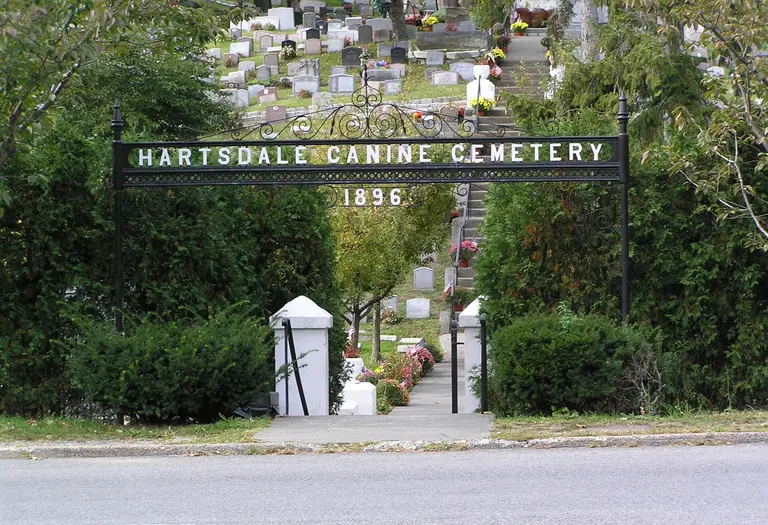
Photo by Anthony22 via Wikimedia Commons
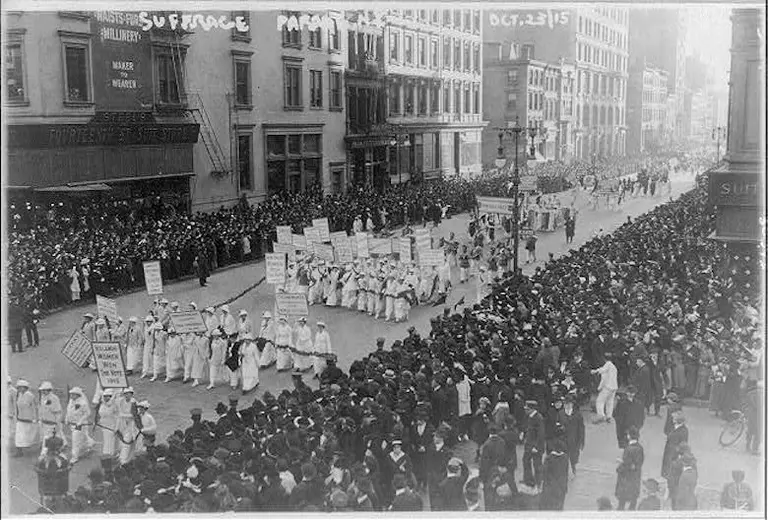
Pre-election parade for suffrage in NYC, in which 20,000 women marched. 1915. [Photograph] Retrieved from the Library of Congress
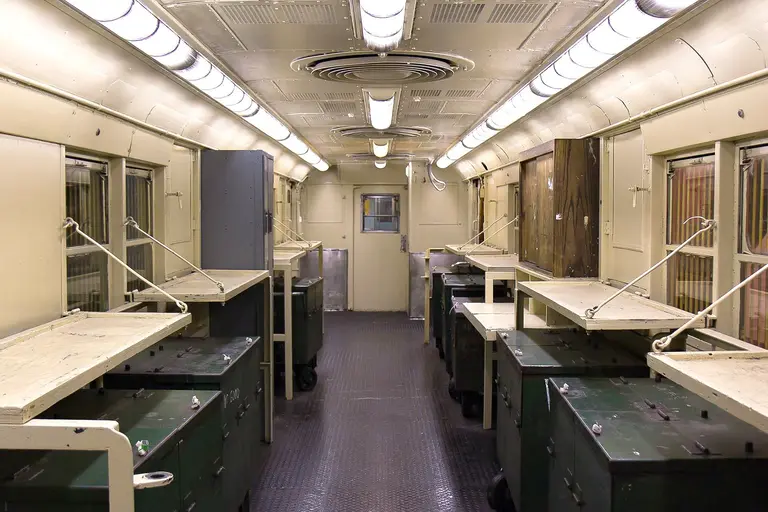
Interior of the money train via Wikipedia
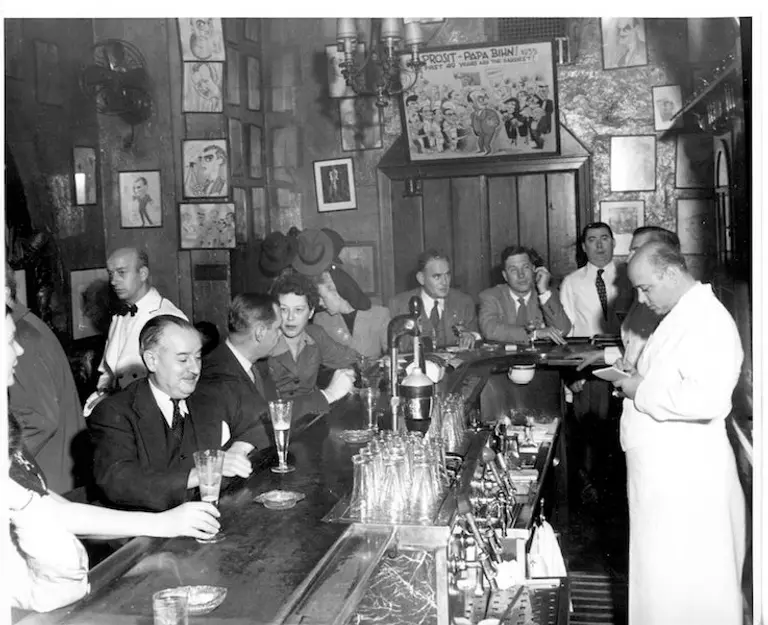
“Bar Scene” Village Preservation (GVSHP) Image Archive
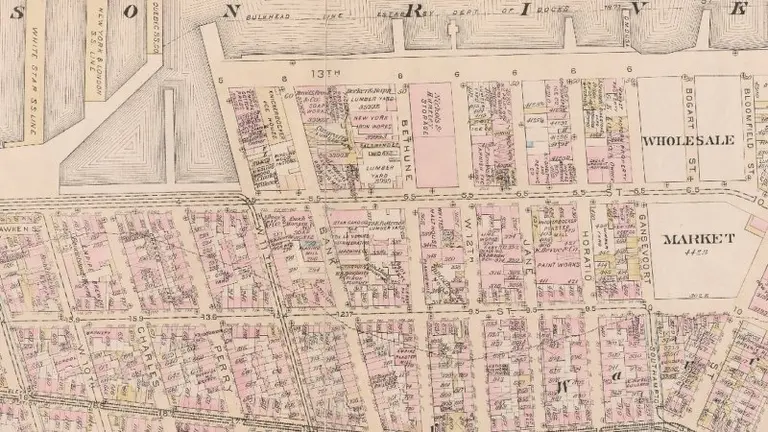
1885 map showing 13th Avenue, via the New York Public Library
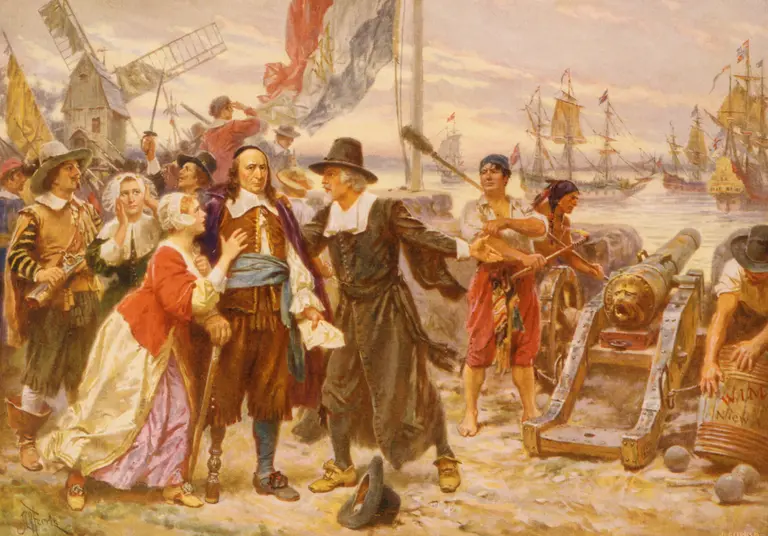
Jean Leon Gerome Ferris’s painting “The Fall of New Amsterdam, which shows New Amsterdam residents begging Peter Stuyvesant to surrender to the British. Via The Library of Congress, Prints and Photographs Division.
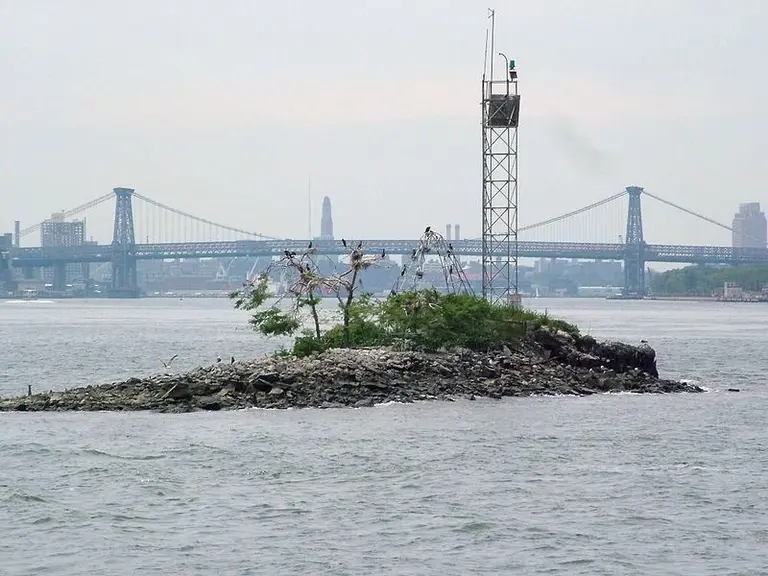
Photo via Wiki Commons
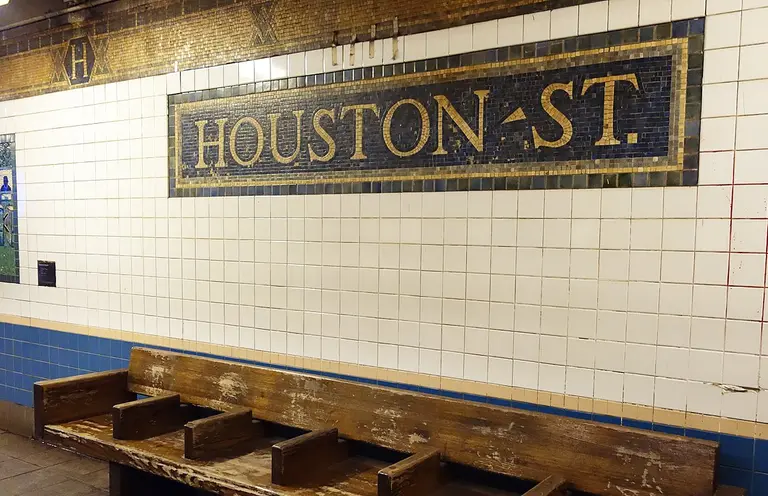
Photo by Tdorante10 via Wikimedia Commons
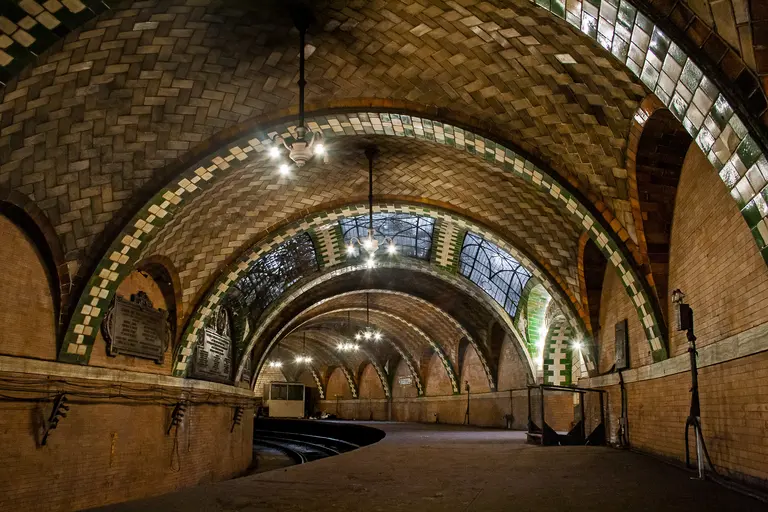
Photo © James and Karla Murray
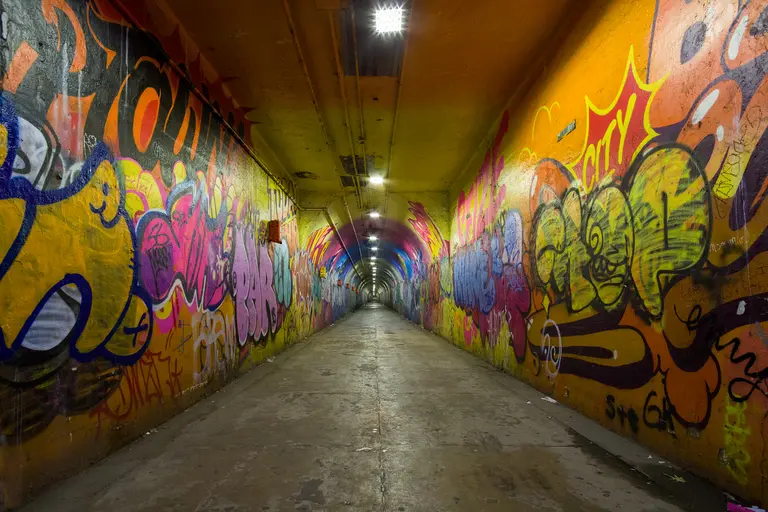
All photos and video © James and Karla Murray
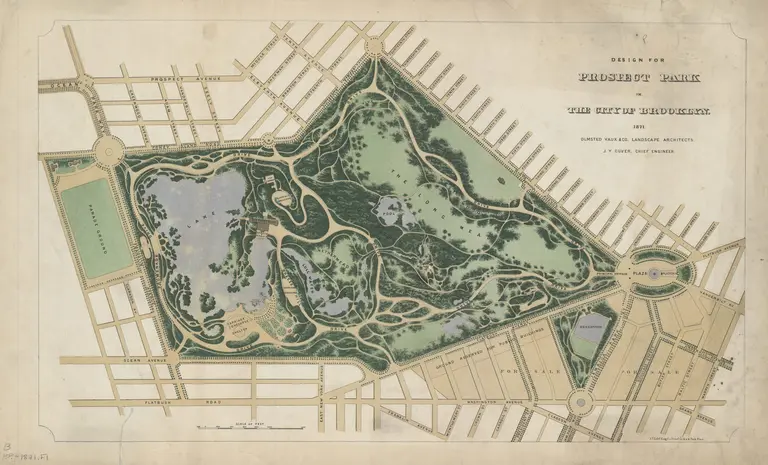
Created by the Olmsted and Vaux firm, this map shows the original plans for Prospect Park, as well as the historic reservoir at Grand Army Plaza (1871)
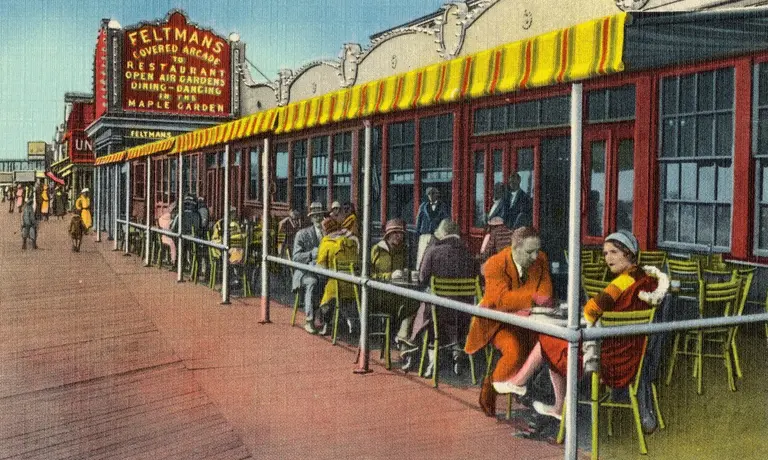
Feltman’s via Boston Public Library
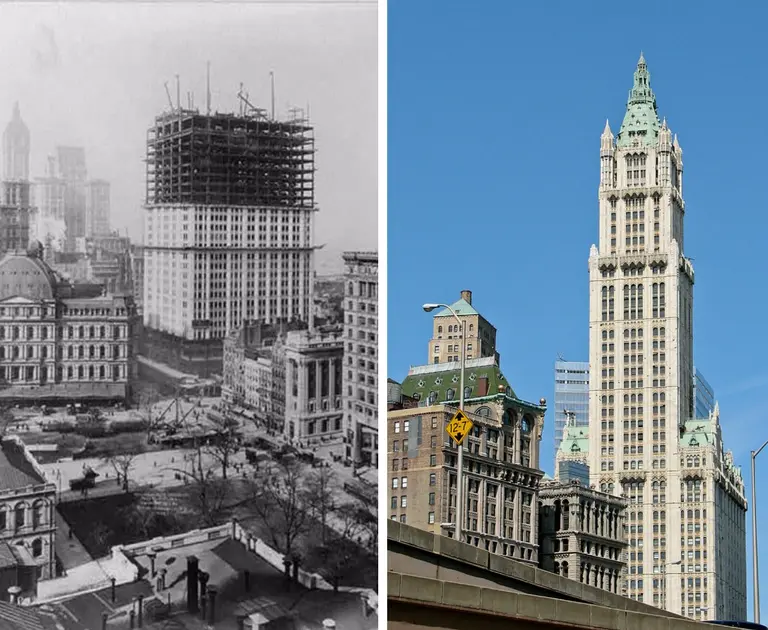
The Woolworth Building, then and now. L: Image courtesy of Library of Congress via Wiki cc; r: Image Norbert Nagel via Wiki cc.
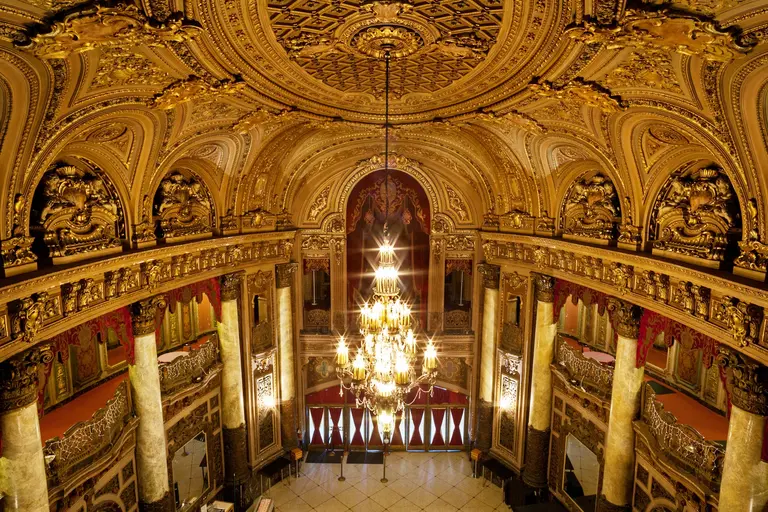
All photos taken by James and Karla Murray exclusively for 6sqft.
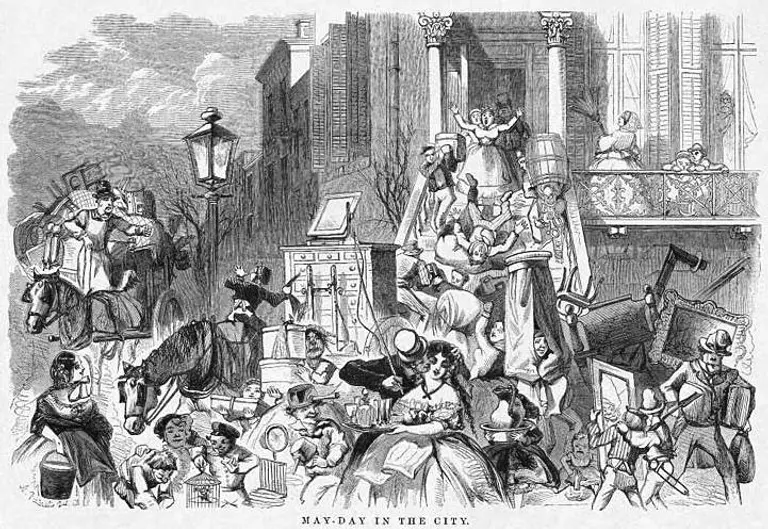
An 1859 Harper’s illustration of Moving Day, via Wikimedia Commons
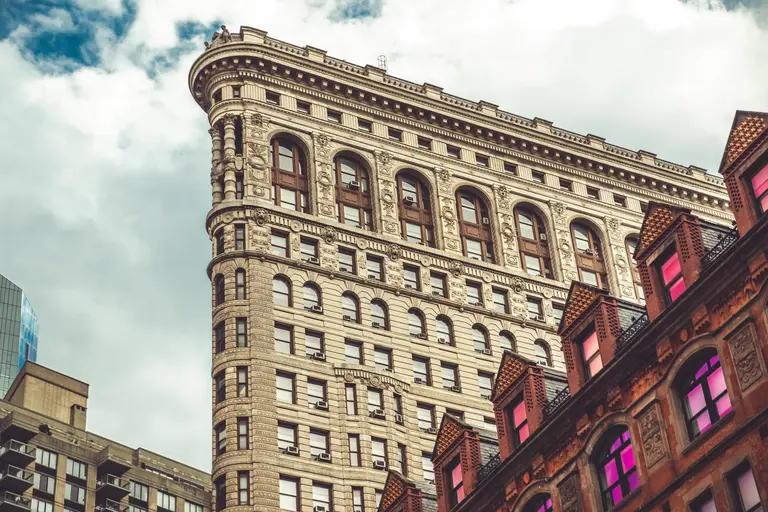
Photo by Cody Nottingham on Unsplash